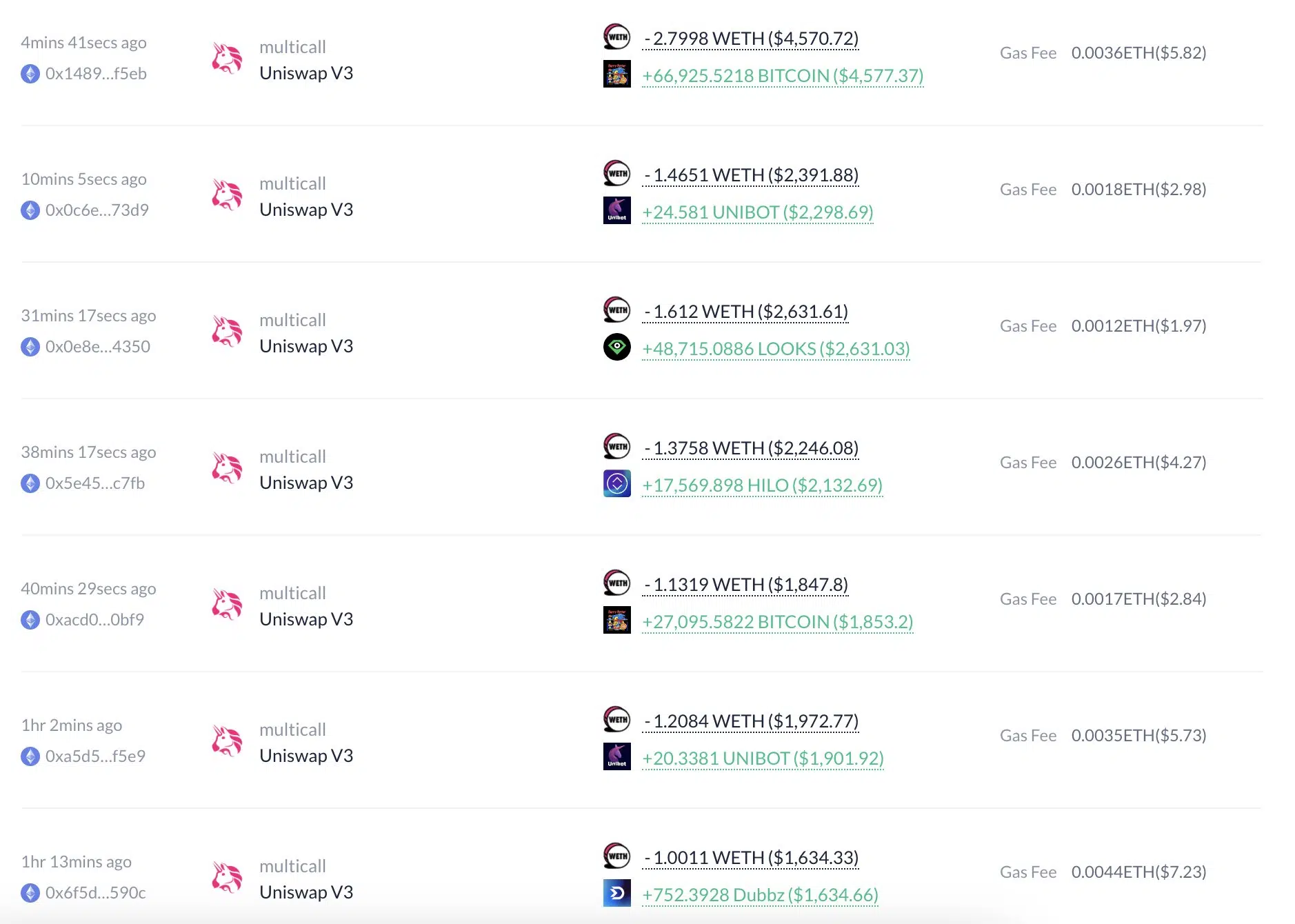e 15th of October. This data indicates that more and more traders are interested in investing in crude oil futures markets. The trend in open interest positions is a measure of the number of contracts that have been created but not closed out. It is used to gauge investor sentiment and can also suggest whether market trends are likely to continue or not.
CME Group, one of the world’s leading derivatives exchanges, provides daily updates on the futures and options markets that are traded on its exchange. One of the most popular commodities traded on CME is crude oil, which is why the exchange closely monitors changes in open interest positions for the commodity.
Yesterday’s data showed that open interest positions for crude oil futures markets increased for the second consecutive day. This is good news for traders who are bullish on crude oil prices as it suggests that more investors are becoming interested in the commodity.
However, it is essential to note that an increase in open interest positions does not necessarily indicate that crude oil prices will continue to rise. The rise in open interest positions may reflect an influx of new investors hoping to profit from rising crude oil prices, but it could also reflect existing traders rolling over their positions or taking profits. It is essential to look at other factors, such as supply and demand trends, to get a complete picture of the market.
The CME Group’s data for crude oil futures markets reveal other interesting insights on the market. For example, the data shows that the crude oil market experienced a spike in volatility earlier this month. This was likely due to the ongoing uncertainty surrounding the global economic recovery from the pandemic and the US Presidential election.
Another factor that may be driving increased interest in crude oil futures markets is the ongoing supply-demand dynamics in the industry. On the demand side, there are some signs of a recovery in global oil demand, especially in Asia, where countries like China are gradually returning to pre-pandemic levels of industrial activity. On the supply side, some OPEC+ member countries are still struggling to meet their production quotas, leading to supply-side challenges.
Another trend that is likely contributing to the rise in open interest positions is the ongoing geopolitical tensions in the Middle East. The Middle East is home to some of the world’s largest oil-producing countries, including Saudi Arabia, Iran, Iraq, and the UAE. Any political unrest in the region can significantly impact global oil prices and lead to increased interest in crude oil futures markets.
Overall, the CME Group’s flash data for crude oil futures markets serves an important role in giving investors an up-to-date view of the market. By tracking fluctuations in open interest positions, traders can get a sense of market sentiment and direction.
However, it is essential to note that open interest positions alone do not tell the whole story about the crude oil market. Other factors such as supply and demand trends, geopolitical tensions, and unexpected events, such as natural disasters, can significantly impact the market.
Investors should, therefore, use a range of data sources to make informed investment decisions. The CME Group’s daily updates provide just one piece of the puzzle, but a valuable one that should not be ignored. By combining this data with other sources of information, such as news events or expert analysis, investors can build a more complete picture of the crude oil market and make better-informed trades.
In conclusion, the rise in open interest positions for crude oil futures markets is good news for traders who are bullish on the commodity. However, it is essential to take other factors into account and use a range of data sources to make informed investment decisions. The CME Group’s daily updates on crude oil futures markets are a valuable resource for investors, but they must be used in conjunction with other sources of information to build an accurate and complete picture of the market.


